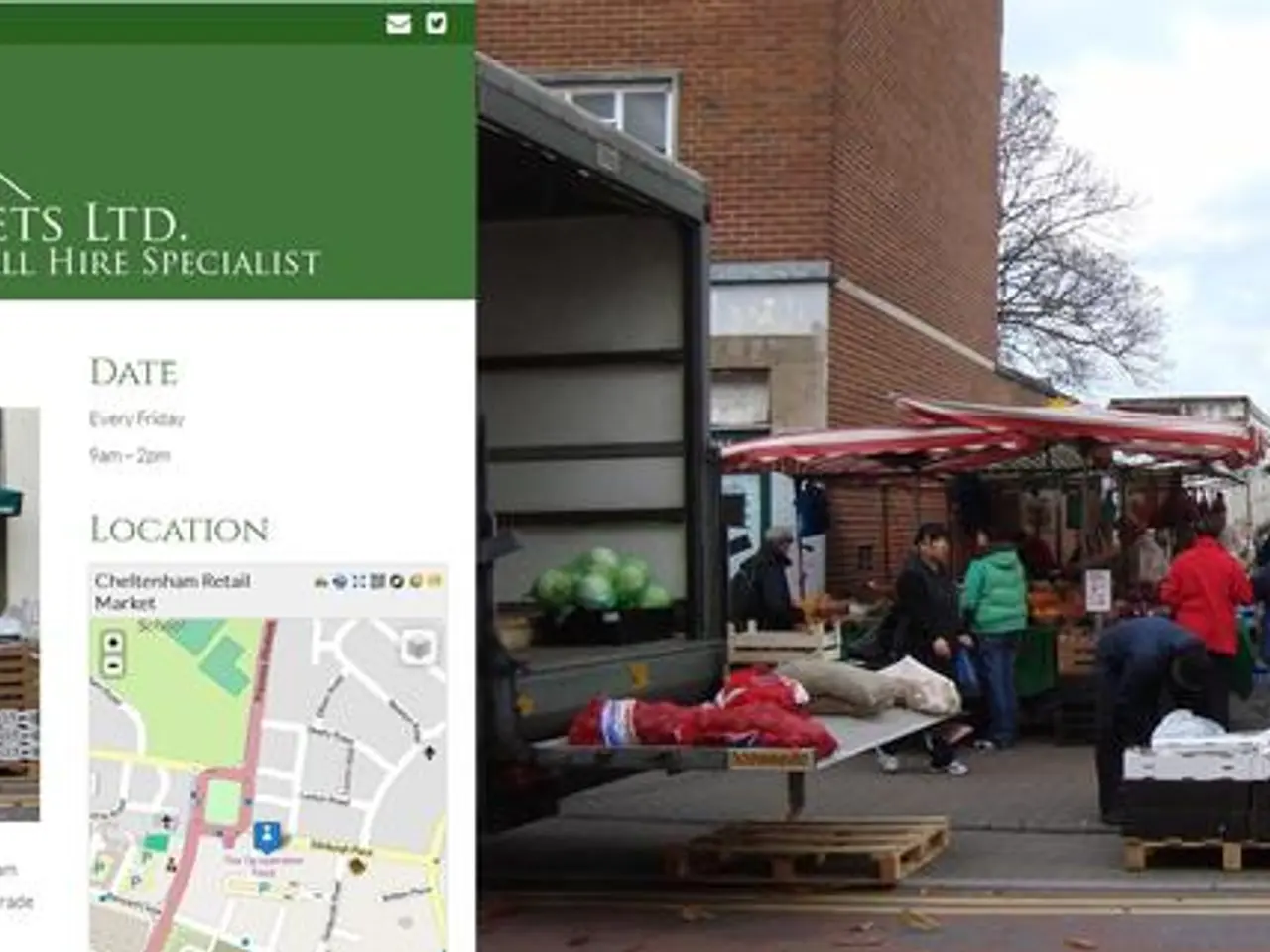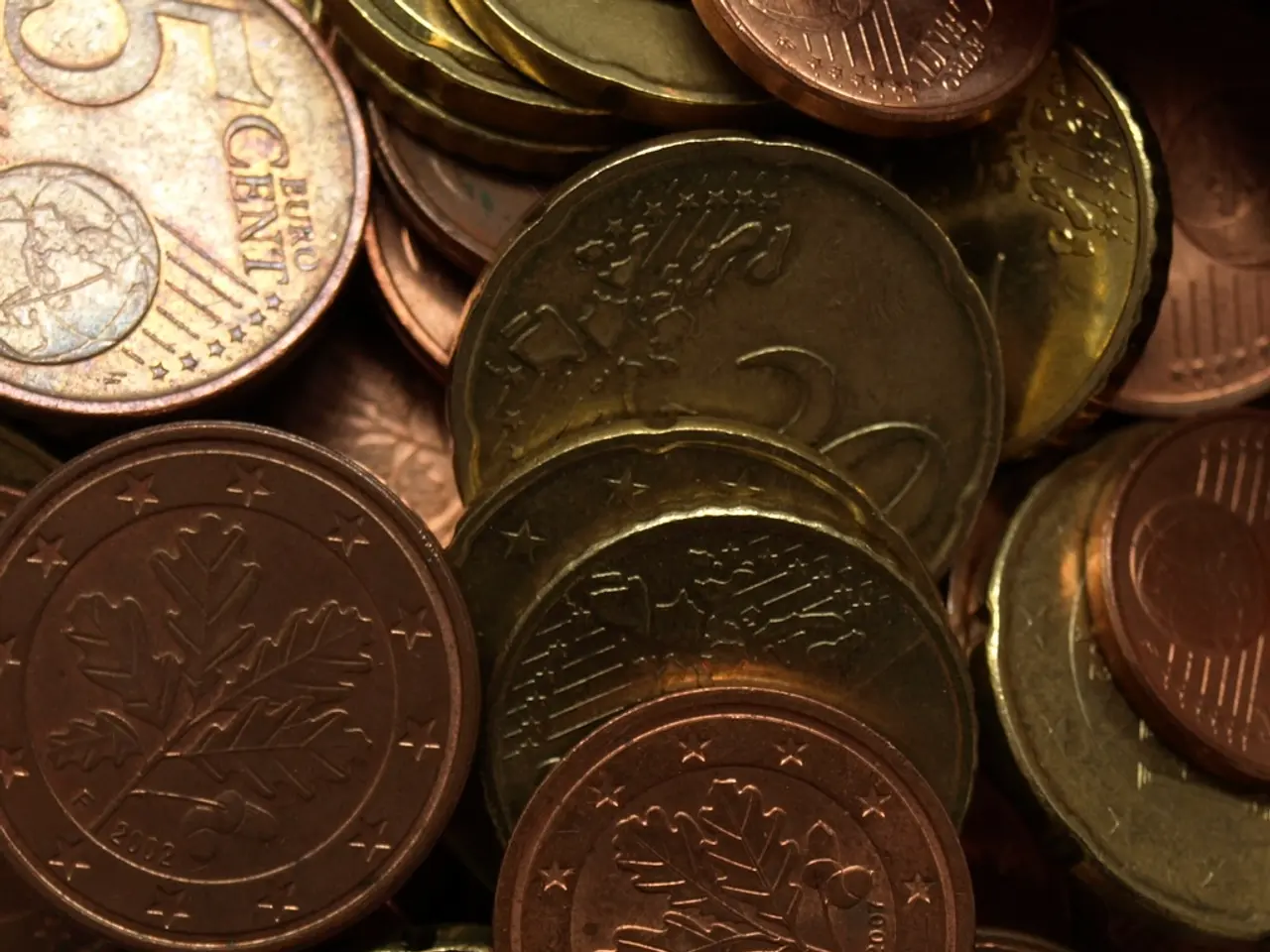Steps to Initiate a Savings Account: A Seven-Step Blueprint
In the pursuit of financial growth, a high-yield savings account can be a valuable tool. This article provides a guide on how to pick the best high-yield savings account in the US, focusing on factors such as competitive Annual Percentage Yield (APY), low fees, FDIC insurance, and accessibility.
Firstly, it's crucial to look for the most competitive APY. As of mid-2025, top high-yield savings accounts offer APYs around 4.2% to 4.46%.
Secondly, ensure the account has low or no minimum balance requirements. Many top accounts have no minimum deposit needed.
Thirdly, avoid monthly maintenance fees or other fees that reduce your returns. Many high-yield accounts waive these fees, but always verify the fee structure.
Fourthly, confirm the account is FDIC-insured, which protects deposits up to $250,000 per depositor per bank. Most reputable high-yield savings accounts are with FDIC-insured banks.
Fifthly, consider the bank type and accessibility. Online banks often provide higher APYs but no physical branches, while traditional banks offer more services but often lower rates. Choose based on your preferences for in-person access and other products like checking accounts or IRAs.
Sixthly, check withdrawal limits and access to your money. Some accounts limit withdrawals or transfers per month, so ensure these match your liquidity needs.
Seventhly, review any additional perks such as bonus offers for new customers or the availability of related financial products if those matter to you.
Comparing current offers is essential since rates and terms vary. For example, accounts from Axos Bank (4.46% APY), Newtek Bank (4.35% APY), and Capital One 360 (3.50% APY, no minimum, no fees) are among the top-rated choices as of August 2025. Some accounts require minimum balances to earn top APYs, which is a factor in choosing the best fit.
By combining these criteria—competitive APY, low/no fees, FDIC insurance, and access flexibility—you can select a high-yield savings account that offers strong returns without unnecessary costs or risks.
When opening a savings account, you'll need government-issued ID, social security number, proof of address, and contact information. Most banks and credit unions allow customers to open accounts online. Consider adding a beneficiary to your savings account to ensure your money goes to the intended recipient upon your death.
Remember, if a bank denies a new savings account application, it may be due to unpaid bank fees or a history of bouncing checks. Banks may use ChexSystems to make approval decisions, and applicants can request a disclosure report to find out why.
By following these guidelines, you're well on your way to finding the best high-yield savings account that suits your needs. Happy saving!
*References*
[1] Bankrate. (2025). Best High-Yield Online Savings Accounts. [online] Available at: https://www.bankrate.com/banking/savings/best-high-yield-online-savings-accounts/
[2] NerdWallet. (2025). Best High-Yield Online Savings Accounts. [online] Available at: https://www.nerdwallet.com/best/banking/high-yield-savings-accounts
[3] CNBC. (2025). Best high-yield savings accounts of August 2025. [online] Available at: https://www.cnbc.com/select/best-high-yield-savings-accounts/
[4] Investopedia. (2025). High-Yield Savings Accounts. [online] Available at: https://www.investopedia.com/terms/h/highyieldsavingsaccount.asp
- To maximize your returns, explore the finance industry for personal-finance products like high-yield savings accounts, ensuring they offer competitive APY, minimal fees, FDIC insurance, and flexibility in accessibility.
- When choosing a high-yield savings account, consider the bank's type and associated services, such as checking accounts or IRAs, to match your preferences for in-person access and additional financial products offered within the banking-and-insurance sector.




